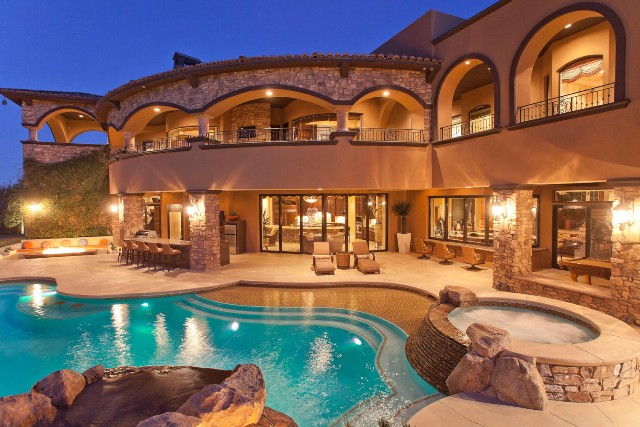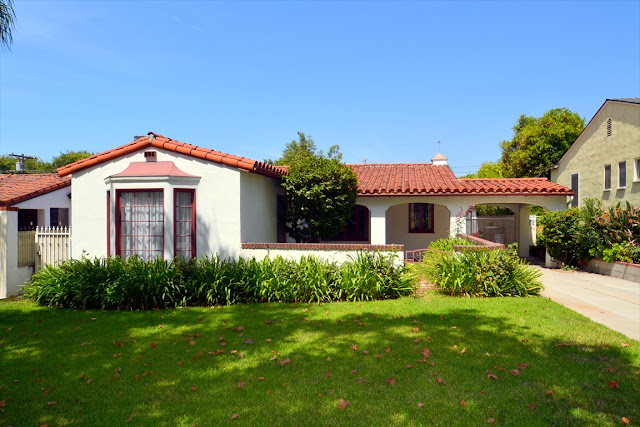Heritage And Urban DESIGN (The Future of The Past) Page 1
The dynamic of the city is to be seen in the tension between the existing city scape and the demands of later periods for change. It is in this struggle with the landscape, and later in the Zones between landscape and the city, between natural place and man-made space that the city arises and develops. It is in the struggle between tradition and renewal, between permanence and change that the city matures, gathers and incorporates the many cultural statements and achieves its individuality. Whatever the conditions, certain fundamentals have held over the last couple of thousand years. The cities that have flourished have been planted in favourable locations on trading routes, and yet far enough away from each other to not compete directly. They impress us with their compactness, which partly comes from being walled in for protection, and also because narrow streets serve to minimise oppressive natural elements and maximise land values. The key to survival, however, is ensuring that people Want to live in the city. For a city to survive today it needs to provide more than security and employment - it has to provide the kind of places people want to inhabit, without becoming fossilised. The streets and public spaces are not merely functional means of moving around; they provide the theatre in which everyone can be an actor and live their lifestyle.
URBAN DESIGN:
There are numerous definitions today for 'urban design", each denoting a range of concerns and activities that differ from one another in scope, objectives and practices. The Urban Design Group, UK, suggests that urban design is "Concerned with the careful stewardship of the resources of the built environment in the creation and maintenance of those parts of the public realm that are new or have been cherished"... but it still does not define urban design.
(Continues...)




Comments
Post a Comment